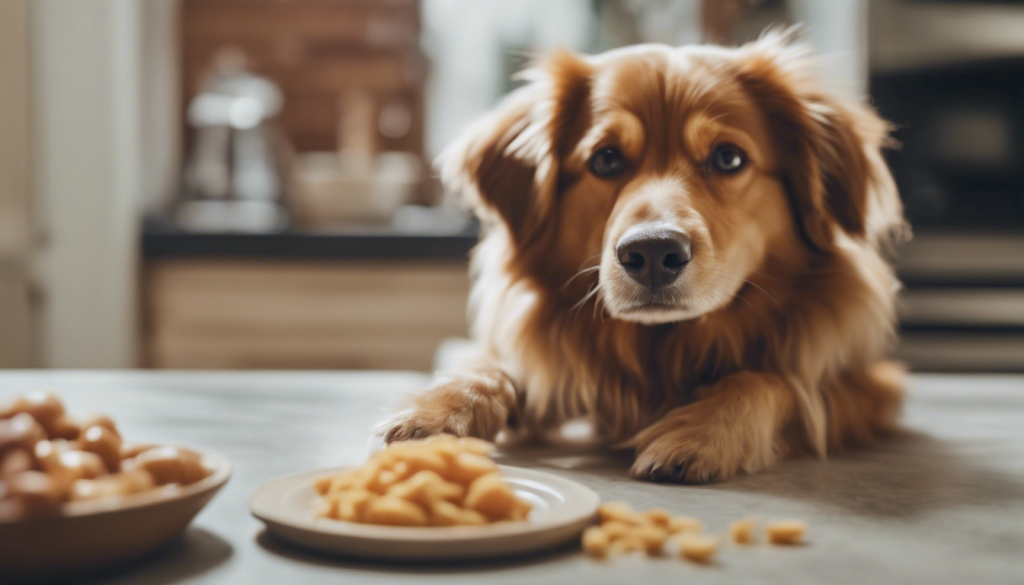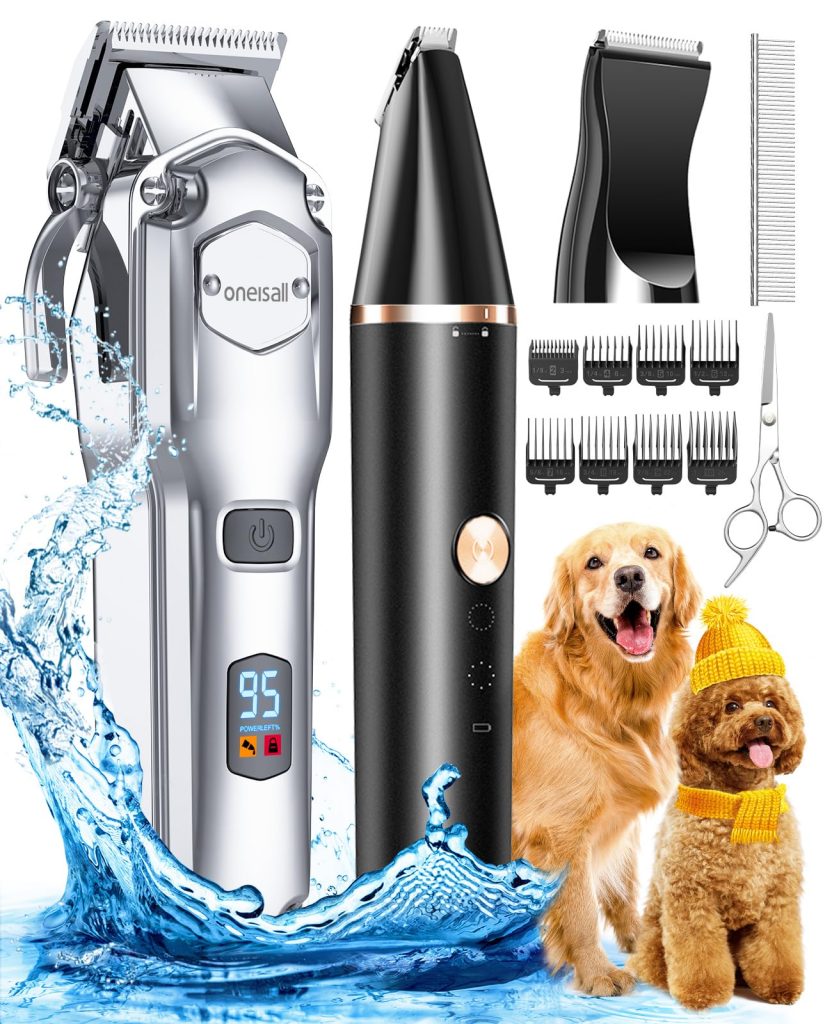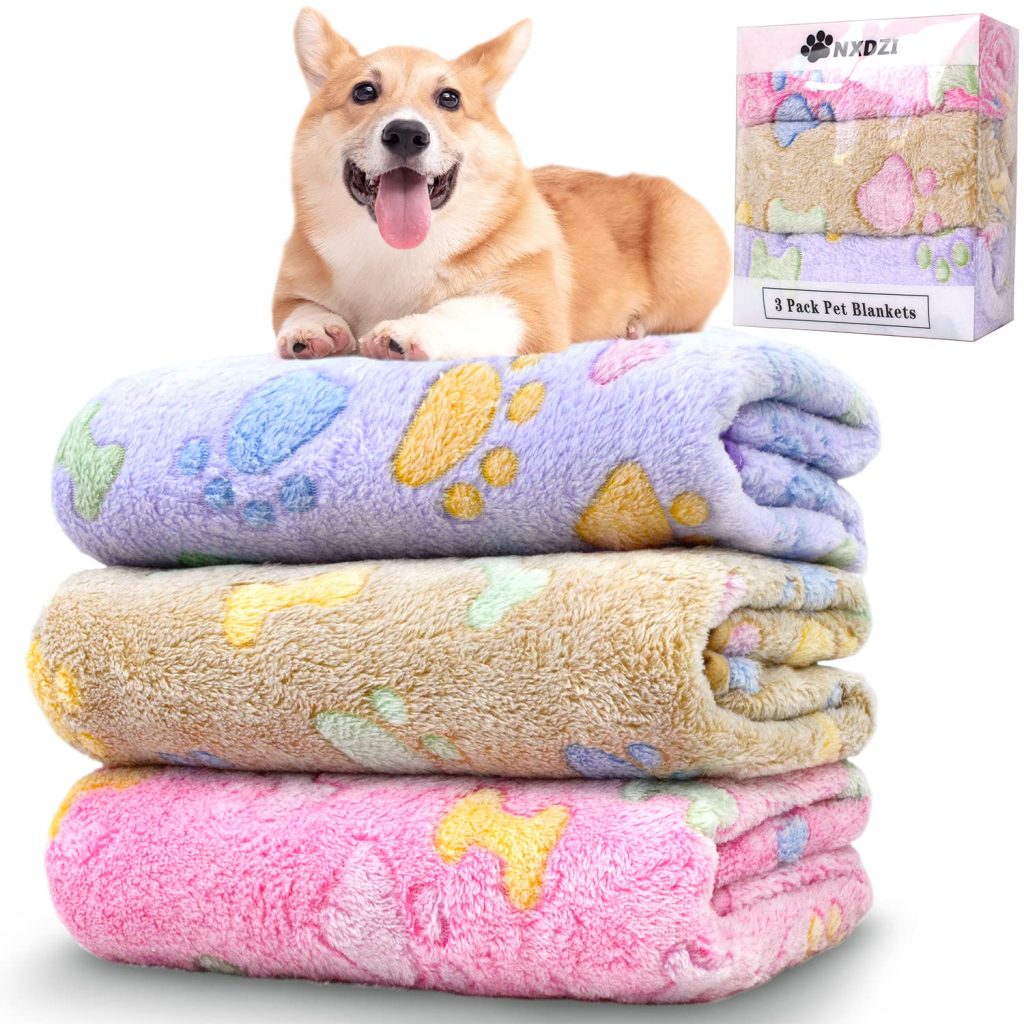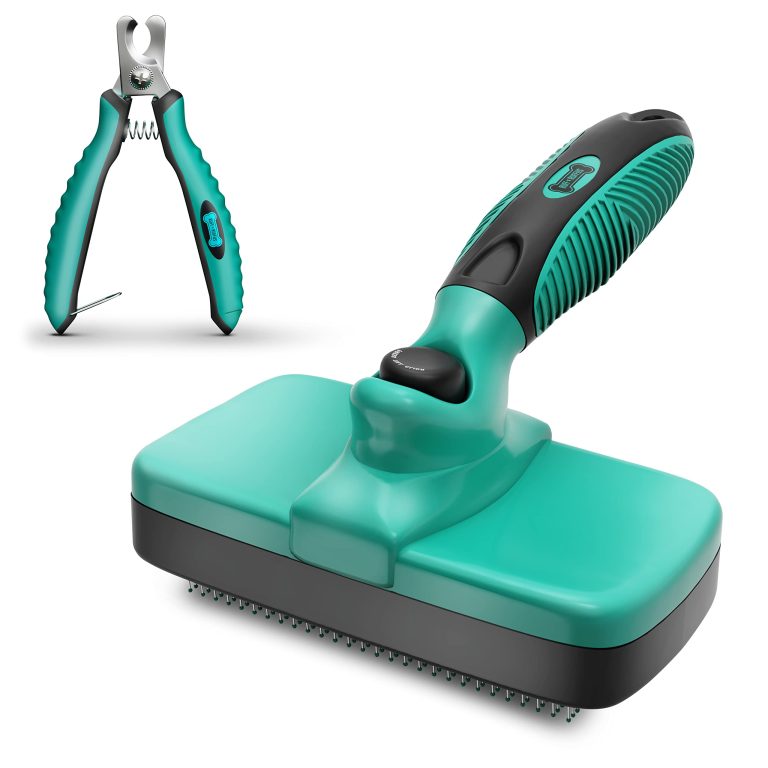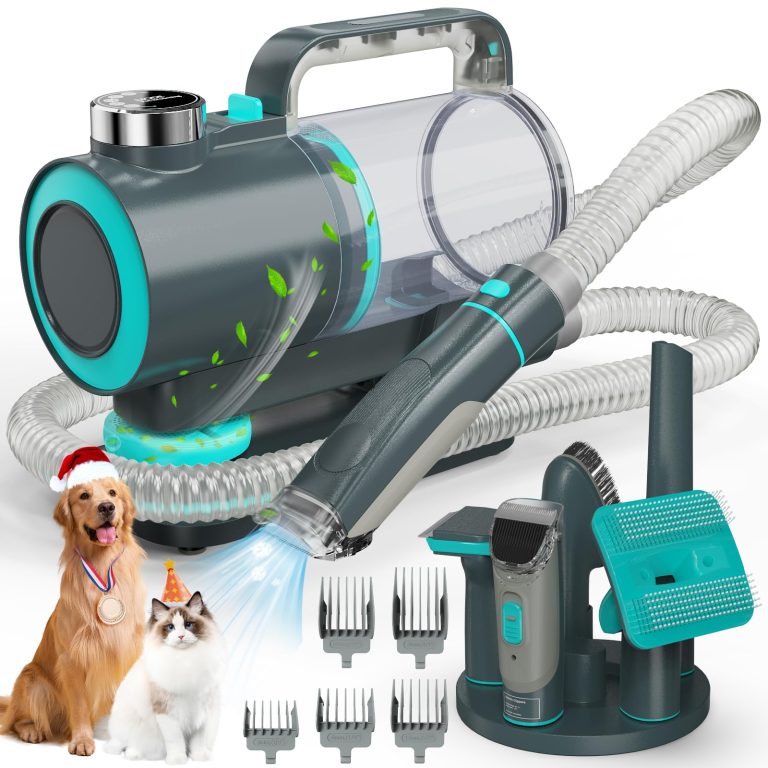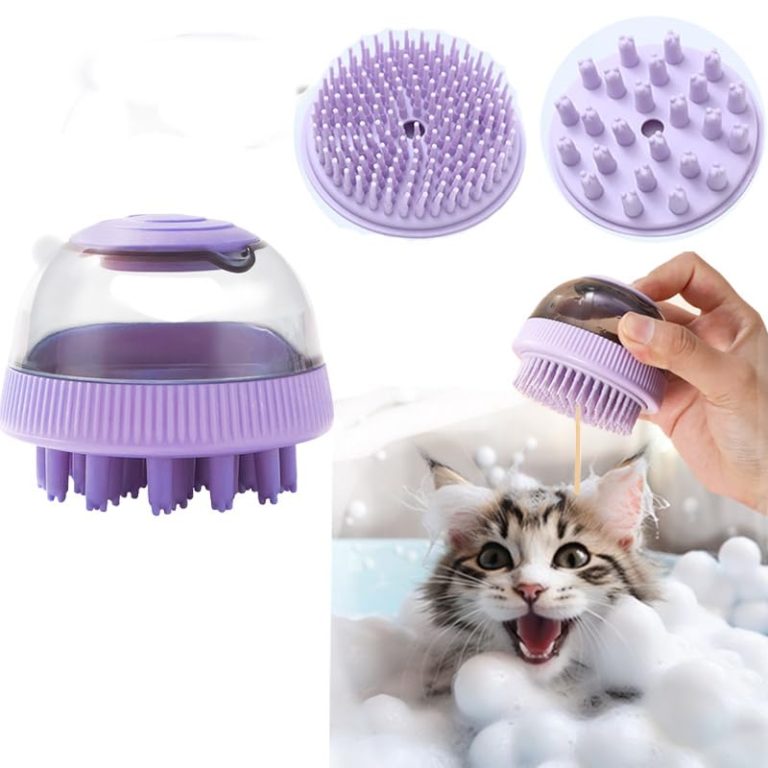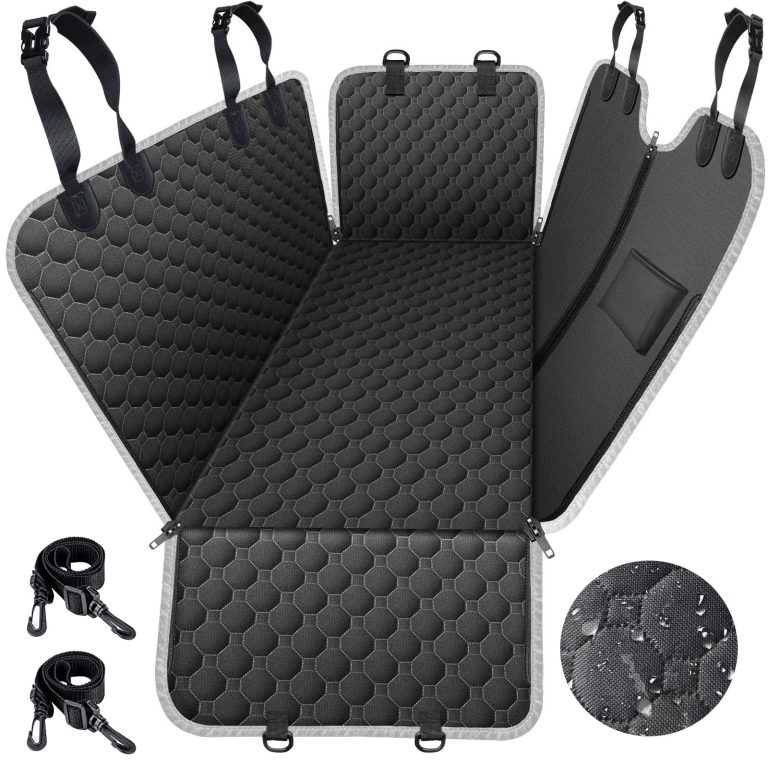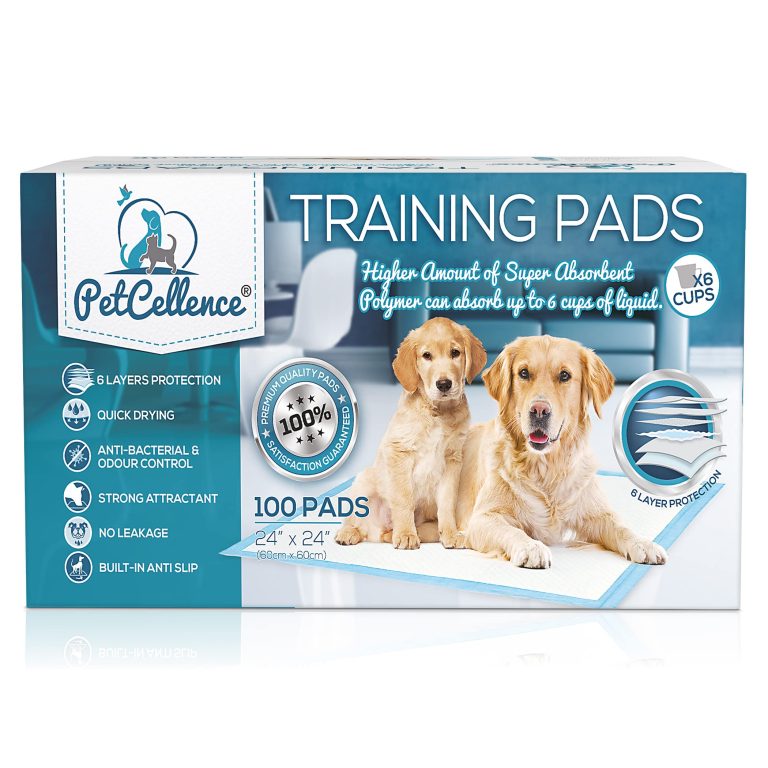Measuring and Monitoring Your Dog’s Food Intake
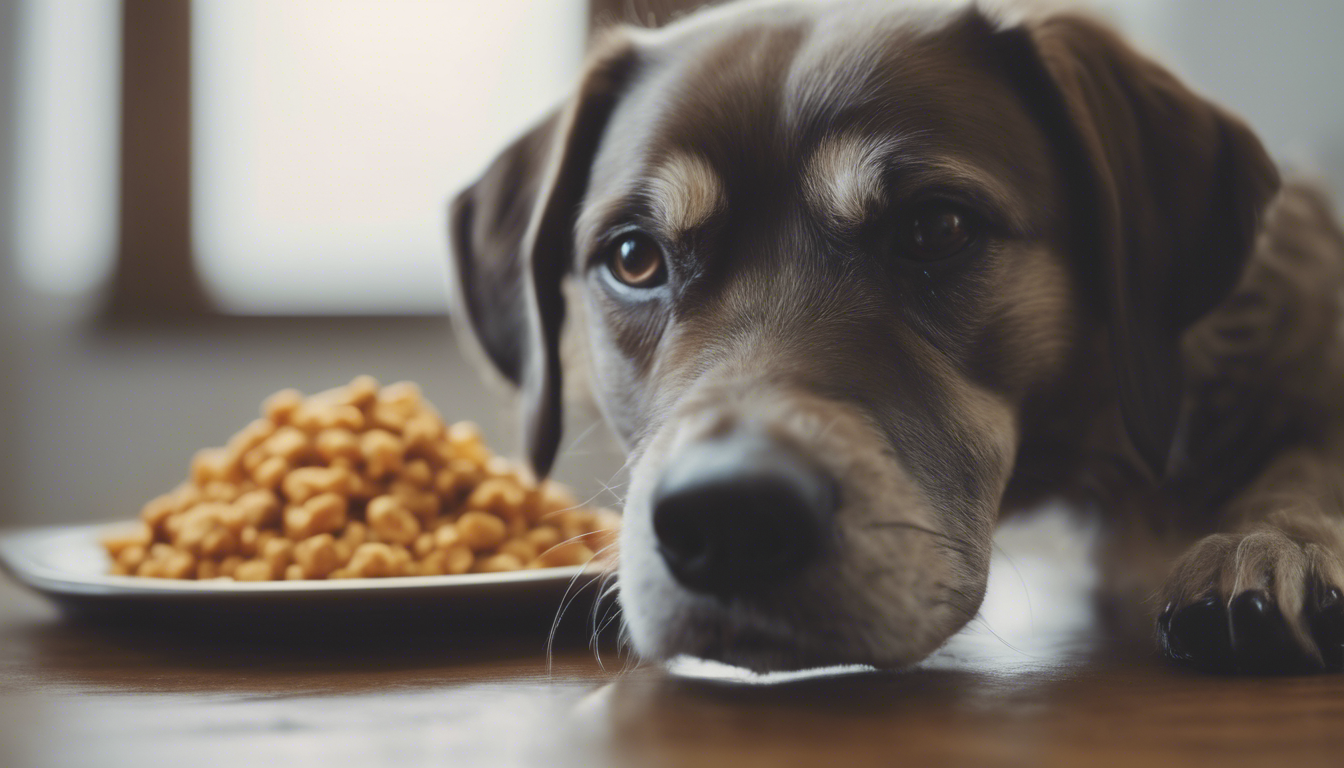
Understanding Your Dog’s Nutritional Needs
When it comes to keeping your furry friend happy and healthy, what goes into their food bowl is at the very heart of good canine care. None of that ‘one size fits all’ business here – each dog has its unique set of nutritional needs. So, let’s unpack what really fuels our four-pawed pals.
First up, start with the basics: protein, fats, carbohydrates, vitamins, and minerals are all part of the balanced diet lineup. Protein is the backbone of a good diet – it supports tissue repair and muscle growth. Grab those meats, eggs, and legumes for a protein power-up. Fats are the next MVP, delivering energy and helping absorb vitamins. A dash of healthy oils keeps their coat shiny and their joints well-oiled.
We can’t forget about carbohydrates; they’re the energy runners! Carbs from vegetables and whole grains offer fiber for smooth digestion, and remember, variety is key to covering the nutritional bases. Speaking of which, vitamins and minerals are like the unsung heroes, keeping bones strong and the immune system robust – ponder veggies, fruits, and supplements.
Now, let’s talk specifics. Puppies, adults, and seniors have different dietary requirements. Puppies need more calories and nutrients to support rapid growth, while adult dogs coast along with maintenance diets. Our golden oldie canines might need fewer calories but more joint support and digestibility solutions.
Breeds add another layer to the nutrition game. A petite pooch won’t eat like a gentle giant – portion sizes and calorie counts should be tailored accordingly. Don’t ignore the special needs of certain breeds either; some might need more of this or less of that to avoid breed-specific health issues.
Homemade diet options can be a nutritionally rich and rewarding way to feed your dog, but proceed with caution. It’s not as simple as tossing leftovers into a bowl. Each meal should be carefully crafted with professional guidance to make sure every nutritional need is met.
Here’s a pro tip: Keep perusing for more practical advice, because understanding your dog’s diet is more than just love at first bite – follow these guidelines, and you’ll become an expert at translating those tail wags into nutritional gold!
Tools and Techniques for Accurate Food Measurement
Now, let’s dive straight into the nitty-gritty of serving up the ideal portion for your pooch. Picture this: you have the right ingredients, but without the proper tools and techniques for measuring them, you might as well be guessing – and we all know guesswork doesn’t make for a happy hound or a healthy diet.
First thing’s first – get your hands on a reliable set of measuring cups or a digital kitchen scale. This isn’t just obsessive precision; it is about making sure your furry friend isn’t overindulging or skimping on their daily feed. Ponder of it like baking a cake; precise measurements lead to tasty (and in this case, healthy) results.
A digital scale is your best bet for accuracy, especially if you’re venturing into the world of homemade diets. Here’s a quick guide:
- Always zero the scale with the container on it before adding food.
- Measure each ingredient separately to ensure you’re hitting the right amounts.
And if you’re more old school, those measuring cups can work just as well, especially for dry kibble. Just make sure to level off each cup so that Fido isn’t getting that little bit extra that can add up over time.
Now here’s where it gets really fun – turn this into a routine. Each scoop or scale measurement can be a moment of bonding, making meal prep an exciting and precise activity. If you have kids around, let them take charge under supervision – it is a sneaky way to teach them about responsibility and math. Win-win!
An important thing to keep in mind is that measuring is not a ‘set and forget’ deal. As your dog grows, ages, or even changes lifestyle (hello, couch potato turned agility champ!), their dietary needs change too. So, recalibrate your portions periodically with the help of your vet’s advice, ensuring your measurements always match up with their current needs.
Oh, and while we’re at it, let’s not say goodbye to those treats – they count too. Keep a tab on how many you’re handing out; trust me, they can really add up. Measure those out or go for pre-portioned treats to keep everything in check.
Ponder yourself equipped with some basic tools and techniques for accuracy in your dog’s diet. Always remember – consistency is key, so measure carefully, adjust when necessary, and enjoy those bright eyes and waggy tails that come from a meal this is just right.
Setting Up a Consistent Feeding Schedule
Alright, so you’ve got the scoop (literally) on the right food measurement, but what about timing? Your dog thrives on routine, and setting up a consistent feeding schedule isn’t just about keeping their tummies full; it’s about promoting healthy eating habits and reducing anxiety.
Begin by deciding how many meals a day your dog needs — usually, it is two for adults and three for the lively little ones (puppies can be such fireballs of energy!). Consistency is your best friend here. Aim to serve breakfast and dinner at around the same times each day, and lunch too, if necessary. Regular mealtimes regulate your dog’s digestion and can even help with potty training — trust me, that’s a win for both you and your carpets!
Dogs have an uncanny internal clock; before you know it, they’ll be waiting by their bowl come dinnertime. But don’t just look at the clock — also watch your dog’s behavior. Excitement or pacing around mealtime can tell you they’re ready to chow down. If they’re disinterested in food out of the blue, however, that might warrant a vet visit.
For those days when life gets chaotic (because it happens to us all), ponder an automatic feeder. These nifty gadgets can provide your pup with the right amount of kibble on schedule, even when you’re running late. Just ensure they’re properly calibrated and checked regularly because technology can sometimes hiccup.
Thinking of mixing up their diet with some new flavors? Slowly transition to new foods over a few days to avoid any digestive upsets. And remember, your feeding schedule isn’t set in stone – as your dog ages or their lifestyle changes, their meal times may need adjusting too.
Finally, make mealtime a calm affair. Minimize distractions and keep the feeding area away from noisy spaces to help your pooch focus on eating. After all, a peaceful environment makes for a more enjoyable dining experience – whether you’ve got two legs or four.
Stick to a regular feeding routine and you’ll help maintain your dog’s weight and overall well-being. And hey, it’s also the perfect way to slip in those ‘sit’ and ‘stay’ commands for some daily obedience training. Who knew a feeding schedule could be so multifunctional?
Observing and Interpreting Signs of Proper Nutrition
When it comes to telling if your dog is riding the wave of nutritional nirvana, there are some telltale signs that you’re on the right track. It is like playing detective, but instead of solving mysteries, you’re ensuring your pup is the picture of health. Let’s break it down into tips that’ll have you spotting those clues like a pro.
First off, cast an eye over their coat. If it’s shiny and smooth, you’re likely acing the diet game. A brittle, dull coat could mean something’s amiss in the nutrition department. And while you’re at it, check out their skin too—look for signs of irritation or excessive dryness that might hint at dietary deficiencies or allergies.
Next up, monitor their energy levels. A dog brimming with vitality and ready to leap into action (or maybe just a spirited walk) is reaping those nutritional rewards. If your pal seems more listless than lively, their diet may need a tweak or two to pep them up.
The proof’s also in the pudding—or rather, in the poop. Yep, we’re going there. Firm, consistent stools are a great indicator that your furry companion’s digestive system is content with what you’re feeding. Too soft or too hard, on the other hand, often spell out the need for dietary adjustments.
Then there’s the waistline watch. You should be able to feel your dog’s ribs without a treasure hunt through layers of fat, but they shouldn’t be protruding like they’re queuing up for a 3D photoshoot either. A balanced waist and a tuck-up towards their hind legs suggest you’ve got the portions and content just right.
Don’t overlook dental health either. Clean teeth and fresh-ish (because let’s be real) breath can partially be attributed to a good diet that includes the right chewables or crunchy kibble that help reduce tartar build-up.
Maintaining an perfect weight is a balancing act—you don’t want to see them tip the scales either way. An underweight dog could indicate that they’re not getting enough from their meals, while overweight hints at too much chow or the wrong kind.
Lastly, let’s talk about attitude. A dog content with their meals wags more than just their tail; they carry a certain joie de vivre that’s hard to miss. Mealtime enthusiasm can show they’re enjoying their food and feeling good because of it. On the flip side, if they’re turning up their nose at meals, it might be time to investigate further.
Remember, while these signs are helpful, nothing beats a regular check-up with your vet to keep things on track. After all, each dog is an individual with their own nutritional script. Keep an eye on these indicators and you’ll be well on your way to ensuring your four-legged friend stays as spry as a spring chicken—or should we say, a spring puppy!
